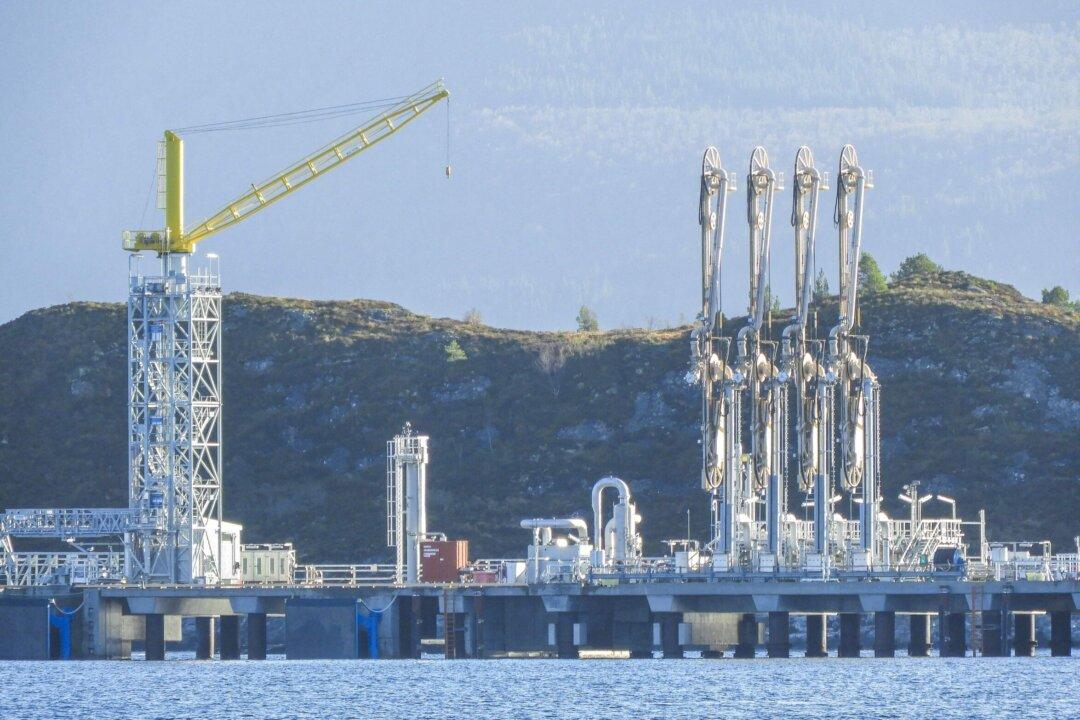OSLO—Norwegian police on Thursday responded to a threat made by telephone against the Nyhamna gas processing plant, one of Europe’s largest energy export facilities, and later said the incident had been resolved.
The threat came amid heightened concerns about the security of oil and gas infrastructure following suspected sabotage of Russia’s Nord Stream gas pipelines to Europe, though plant operator Gassco and offshore producers Shell and Equinor said output had not been interrupted.





